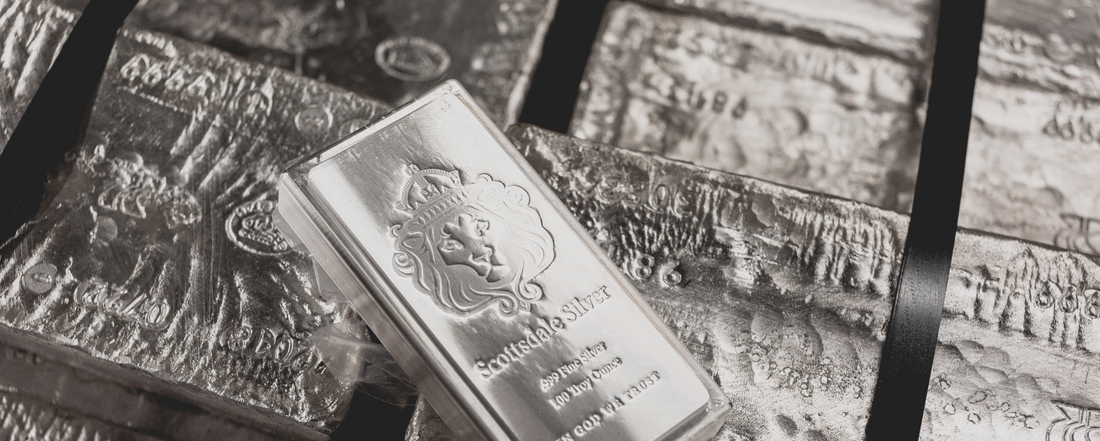
Metals, Nonmetals, and Metalloids of the Periodic Table
Peter MorrellShare
The periodic table currently contains 118 elements, each of which has its own unique properties. Many of these elements are found around us all of the time, like oxygen and carbon. The periodic table was created to organize the elements based on different properties, and one of the ways that it groups elements is by whether they're metals, nonmetals, or metalloids.
What Is a Metal?
Metals are elements in the middle of the periodic table and most of the ones in the left two columns. There are more than 90 metals, which makes them the biggest group of elements. Most metals conduct heat and electricity well, and they're usually solid, shiny, and easy to mold and shape. Substances made of more than one metallic element are also usually called metals, but strictly speaking, they're alloys.
Properties of Metals
Since almost all metals are solid at room temperature, they tend to have high melting points. These elements also have free electrons within them that can easily conduct heat and electricity. Metals are also malleable, so they can be pounded out flat or formed into wire. And they're usually lustrous, meaning that they can reflect light.
Examples of Metals
There are dozens of types of metals and metal alloys, including aluminum, brass, silver, titanium, nickel, bronze, gold, pewter, and lead. Some of the ones we use the most are iron, steel, and copper.
Iron
Iron is one of the most abundant metals on the periodic table. It has the symbol Fe and an atomic number of 26. It can be found in Earth's core in molten form. Iron is a very strong metal that's used in heavy machinery and in cookware.
Steel
Steel is an alloy of iron and carbon. It's strong and cheap to produce, so it's used for making lots of things, from knives to skyscrapers.
Copper
Copper is found on the periodic table with the symbol Cu, and it has an atomic number of 29. It's a great conductor of electricity, so it's often used in electrical wiring. The Statue of Liberty is made of copper, although the color we see isn't pure copper but the layer of tarnish on top.
What Is a Nonmetal?
As you might guess, a nonmetal is an element that's not a metal. Nonmetals tend to be poor conductors and can be quite brittle as solids. They can also be liquids or gases at room temperature. Nonmetals are mostly toward the right side of the periodic table, with the exception of hydrogen. Nonmetals can be classified into different groups, such as noble gases, halogens, and chalcogens. There are 20 nonmetals in total.
Properties of Nonmetals
Nonmetals usually have much lower melting and boiling points than metals do. They're also good insulators. Nonmetals are much harder to shape or mold, especially since a fair number of them are gases, and they're not shiny.
Examples of Nonmetals
Nonmetallic elements are some of the most common elements all around us, including carbon, oxygen, and chlorine. Carbon can be found in its hardest form as a diamond or in its softest form as graphite. It also joins with oxygen, another nonmetal, to make carbon dioxide. Oxygen is what we breathe in; we'd die without it. And chlorine is a yellow-green gas that's used to purify water, like in a swimming pool.
What Is a Metalloid?
A metalloid is an element that's in between a metal and a nonmetal, having some of the properties of both. Metalloids are also in between the metals and nonmetals on the periodic table.
Properties of Metalloids
Metalloids tend to be shiny like metals, but they can also be brittle like nonmetals. They can conduct electricity, but not as well as metals do. And they're generally solid at room temperature.
Examples of Metalloids
Metalloids include silicon, arsenic, and boron. They're found in a lot of different places, including semiconductors and dietary supplements.
- Structures of Metal
- Structure and Reactivity of Metals
- Metals, Metalloids, and Nonmetals
- Activity of Metals
- Trends on the Periodic Table: Metals, Nonmetals, and Metalloids
- Periodic Table Metals and Nonmetals
- List of Metals
- The Periodic Table of Elements Explained
- The Marvelous Metalloids of the Periodic Table
- Metalloids
- Metals and Nonmetals
- Gold Bracelets
- Structure and General Properties of the Metalloids
- Metals, Nonmetals, and Metalloids on the Periodic Table
- Metals and Nonmetals on the Periodic Table